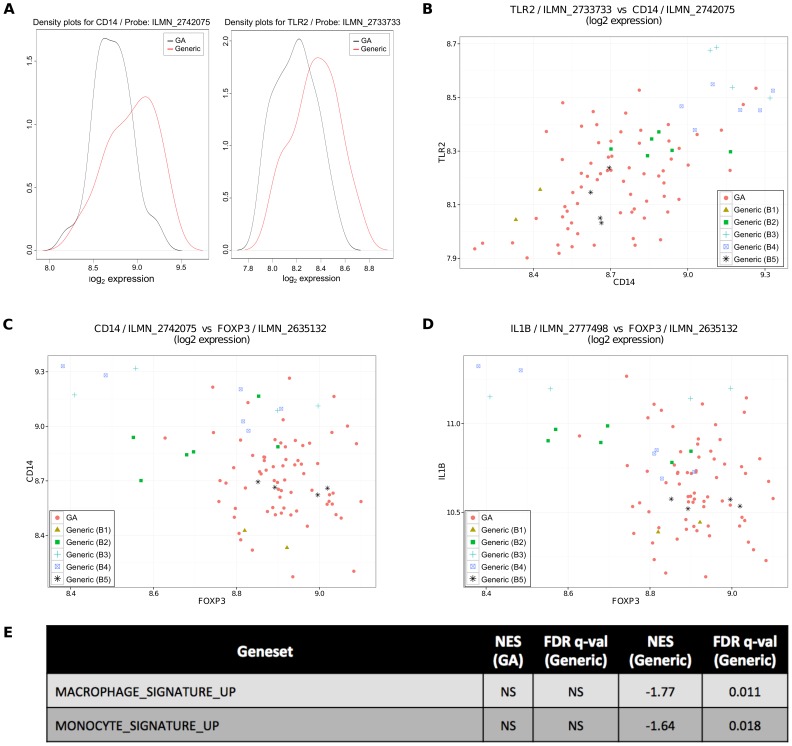Figure 4. The generic’s impact on monocytes may differ from GA’s impact.
(A) generic induces significantly higher expression of CD14 and TLR2, as determined by a Wilcoxon rank sum test and depicted as kernel density plots, which can be likened to a smoothed histogram. (B) CD14 and TLR2 expression are both unusually high in the same (mostly generic) samples. (C) FoxP3 expression is unusually low in the sample samples in which CD14 expression is unusually high, suggesting that the generic’s different impact on monocytes may be related to its different impact on Tregs and consistent with literature suggesting that monocytes play a role in GA-induced FoxP3 expression. (D) FoxP3 expression is unusually low in the sample samples in which IL1B expression is unusually high, suggesting that the generic’s different impact on monocytes may be related to the differences between LPS-activated monocytes and T-cell contact activated monocytes, which have been described in the literature as having opposite impacts on IL1B production. (E) GSEA analysis found a significant enrichment of monocyte and macrophage-specific genes among the genes with higher expression in generic than GA. NS = not significant.

